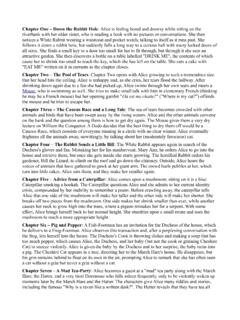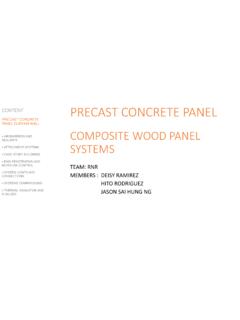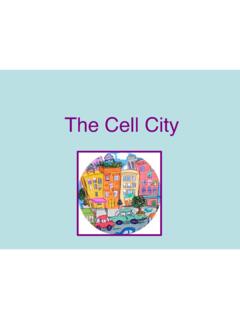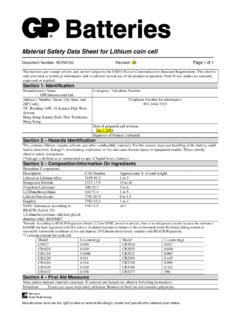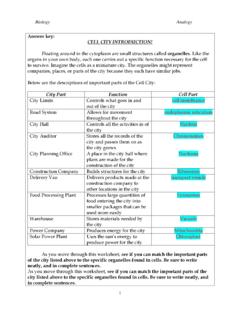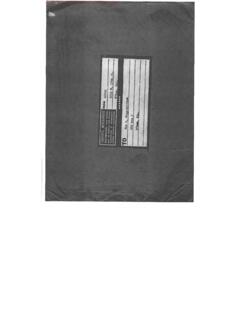Transcription of Osmosis and Diffusion Lab Report - City University of New York
1 Amy WangJune 11, 2021 Anatomy and Physiology IProfessor HaqueOsmosis and Diffusion Lab ReportTitle:The Cell-Transport Mechanisms and Cell PermeabilityObjective:The objective of this experiment was toobserve the Diffusion of waterthrough a selectively permeable membrane which definesosmosis. By using fourdifferent beakers and sacks, each of which containeddifferent concentrations ofsolutions, we were able to identify which beakersand sacs allowed for Osmosis anddiffusion to : 4 beakers and 4 sacks 20% glucose solution 40% glucose solution 40% sucrose solution 10% NaCl solution Distilled water Test tubes Timer Scale Benedict's solution Silver nitrate solutionMethods.
2 Each sack was labeled one through four andfilled with 20ml of 1 was filled with 20ml of 20% glucose solution,sack 2 was filled with 20ml of 40%glucose solution, sack 3 was filled with 20ml of 10%NaCl solution and sack 4 was filledwith 20ml of 40% sucrose solution. After filling thesack with its respective solutions, itwas tied, wiped down, and the initial weight was sacks were then placedin four separate beakers that also contained differentsolutions. Beaker 1,3, and 4 werefilled with distilled water while beaker 2 was filledwith 40% glucose solution. Afterleaving the sacks in the beakers for 45 minutes, theywere then taken out, wiped cleanand the weight was recorded once again.
3 After recordingour observations, weproceeded to test the sacks and beakers for the presenceof glucose and sodiumchloride. By taking samples from the four sacks andfour beakers, we placed eachsample into separate test tubes labeling the samplefrom the sacks 1A through 4A andthe sample from the beakers 1B through 4B. For eachtest tube, we added Benedict'ssolution and placed the test tubes in boiling water to observe its color change. Testtubes 3A and 3B were taken to observe the diffusionof sodium chloride through thedialysis tubing. Silver nitrate solution (brown color)was added to both tubes. If milkywhite precipitate was formed, that means sodium chloridewas :Conclusion:According to our data, we can confirmthat the process of Osmosis anddiffusion had occurred.
4 Through this experiment, wewere able to learn that osmosisallows water molecules to diffuse across a selectivelypermeable membrane in whichwater molecules move from an area of high concentrationto low concentration. It isevident that Osmosis had occurred in sacks 1, 3 and4 because there was an increasein weight. This shows that the water molecules inthe beakers had diffused into thesack, to an area of higher concentration of was also observed that in sack 2, Osmosis and Diffusion had not occurred because therewas no weight increase sinceboth the sack and beaker contained the same concentrationand type of solution. Ourdata also showed that glucose was present in beakers1 and 2 which demonstrates thatthe Diffusion of glucose from the sack to the beakerhad occurred.
5 In beaker 4, the colorhad changed however, because sucrose is larger thanglucose it was not able to diffusethrough the sack into the beaker. It is also notedin our data that test tubes 3A and 3 Bhad milky white precipitate formed which indicatesthat sodium chloride had indeeddiffused out from the sack into the beaker. By conductingthis experiment, we were ableto get a better understanding of how the process ofosmosis and Diffusion works inrelation to a selectively permeable membrane.





